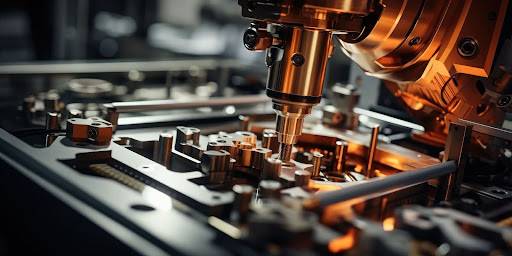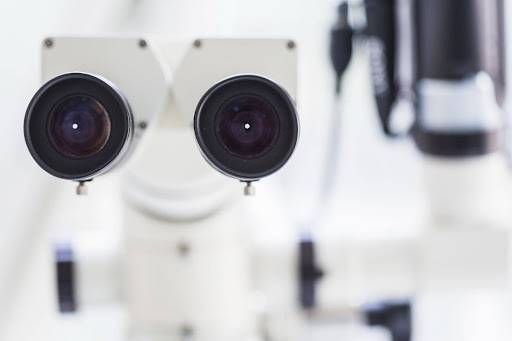
In injection molding, cooling plays a pivotal role in determining the process’s quality, production speed, and overall cost-efficiency. The cooling phase can account for up to 60% of the entire molding cycle, making it a crucial area for optimization. Properly optimized cooling systems can significantly enhance productivity, reduce energy consumption, and improve part quality, leading to cost savings and more sustainable manufacturing practices. In this article, we will look at how you can optimize the cooling system for better efficiency.
The Importance of Cooling in Injection Molding
Injection molding is a complex process that involves melting plastic pellets and injecting the molten material into a mold cavity. Once the cavity is filled, the material cools and solidifies into the desired shape. Cooling time is directly influenced by how well heat is transferred from the molten plastic to the mold and then dissipated. Inefficient cooling can result in longer cycle times, increased energy use, and potential defects in the final product, such as warping, shrinkage, or internal stress.
Optimizing the cooling system of an injection mold reduces the cooling time without sacrificing part quality. A well-designed cooling system ensures uniform heat transfer, which leads to more consistent parts, less scrap, and reduced machine downtime.
Key Factors in Cooling System Optimization
Several factors influence the efficiency of a cooling system in an injection mold. Understanding these elements is essential for designing an optimal system that meets production needs.
Mold Design and Cooling Channel Placement
The design of the mold itself is the first critical factor in cooling system optimization. Cooling channels must be strategically placed to ensure uniform cooling throughout the entire part.
Advanced mold designs can incorporate conformal cooling channels, which are curved and follow the shape of the part, offering more efficient heat removal than traditional straight-line channels. For example, custom mold and design solutions allow manufacturers to tailor cooling systems to the specific requirements of the part being produced, optimizing cycle time and product quality.
Coolant Flow Rate and Temperature
A higher flow rate increases the heat transfer rate but requires more energy. It is essential to balance maximizing cooling efficiency and minimizing energy consumption. Additionally, the coolant’s temperature must be kept within an optimal range. Too high a temperature will slow the cooling process, while too low a temperature can lead to condensation on the mold, which may affect part quality and machine performance.
Thermal Conductivity of Mold Materials
Molds made from high-thermal-conductivity materials, such as aluminum, dissipate heat faster than molds made from steel or other low-conductivity materials. While steel molds are often preferred for their durability and longevity, aluminum molds may be an excellent option for prototyping or low-volume production due to their ability to cool parts faster.
To combine the best properties of both materials, hybrid molds, which use steel for the mold’s structural components and aluminum for the cavity inserts, can be employed.
Temperature Control Units (TCUs)
Modern TCUs can maintain precise temperature control and allow for real-time adjustments, ensuring the cooling process remains consistent throughout the production run.
By monitoring coolant temperature and flow rates, TCUs help maintain optimal cooling conditions, reduce energy consumption, and prevent overheating or undercooling, which can result in part defects.
Advanced Techniques for Cooling Optimization
Recent technological advancements have introduced several innovative techniques for further optimizing cooling in injection molds.
Conformal Cooling Channels
As previously mentioned, conformal cooling channels are a significant innovation in mold design. These channels conform to the shape of the mold cavity, allowing for more efficient and uniform heat transfer. Traditional cooling channels are limited to straight lines due to conventional drilling methods. However, with the advent of 3D printing and additive manufacturing, it is now possible to create complex cooling channel geometries that follow the contours of the mold.
High-Performance Coolants
While water is the most commonly used coolant in injection molding, high-performance coolants such as thermal oils or advanced glycol mixtures are gaining traction. These coolants can operate at higher temperatures, allowing for better control over the cooling rate, which can be especially useful for complex or heat-sensitive materials.
Dynamic Temperature Control
Dynamic temperature control involves varying the mold’s temperature during the molding cycle to optimize cooling efficiency. This method, known as variotherm technology, allows the mold to be heated during the injection phase and cooled rapidly once the part is formed. This approach can reduce cycle times and improve the surface finish of parts, making it ideal for high-gloss or complex products.
Conclusion
Optimizing the cooling system in injection molds is essential for improving production efficiency, reducing costs, and maintaining high product quality. Manufacturers can enhance their overall process efficiency by focusing on mold design, coolant flow, and material selection and incorporating advanced cooling technologies like conformal channels.




